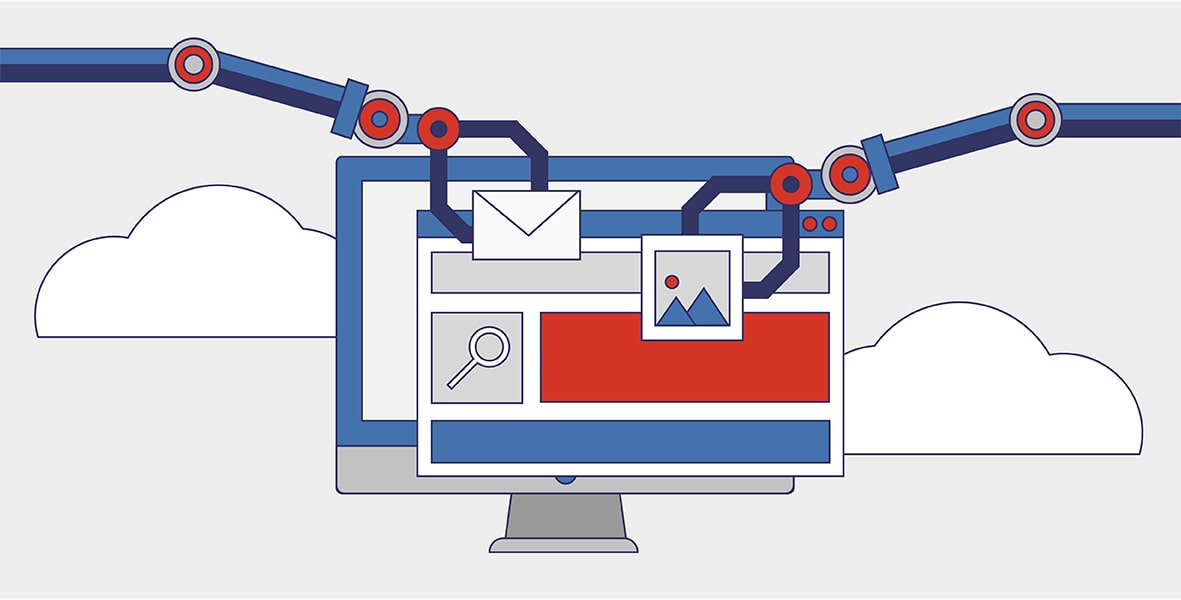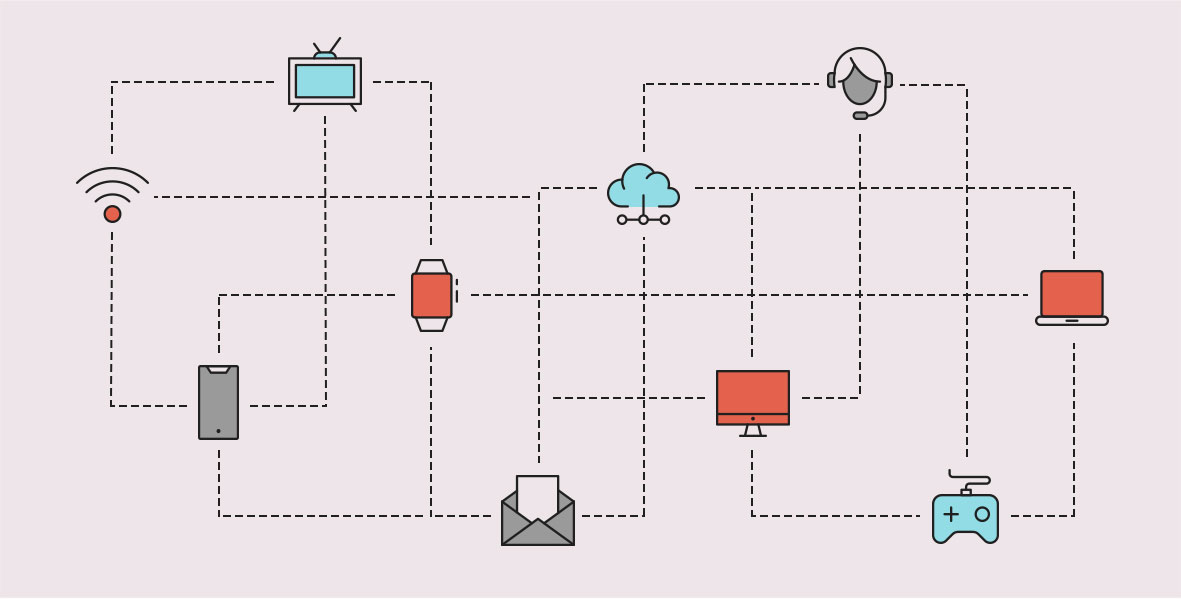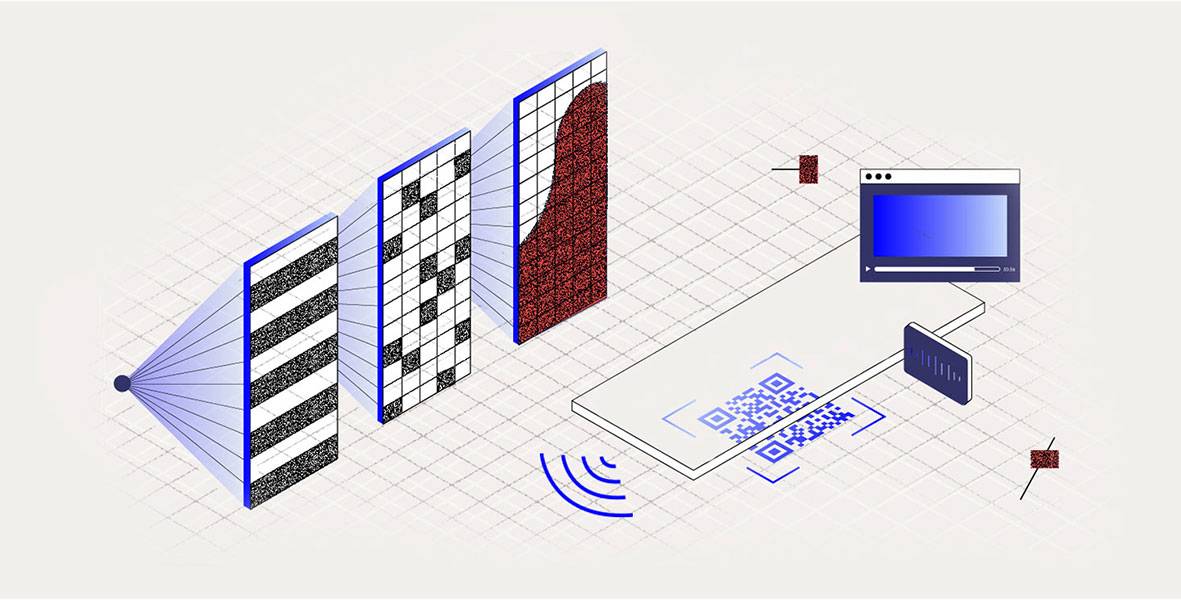
Marketers know that consumers view a wide variety of media, from television and direct mail to text messages and everything in between. Advertising in more than one of those channels—omnichannel marketing—is far more effective than advertising in only one of them, because the messages build on each other and increase response across all the channels.
Direct mail and digital tactics can work together beautifully in an omnichannel marketing approach. The same data used to target a prospect’s mailbox can also be used to target them digitally. Digital marketing can help reinforce direct mail by providing additional touchpoints and impressions. It requires close coordination, though, and attention to who a company is trying to reach:
Overall, 74% of marketers say direct mail delivers the best ROI, response rate and conversion.[4] That may be why 58% of companies increased their direct mail spending year over year by 10% or more—especially companies with 10K or fewer employees.[5]
Email Strategies
To increase response from both direct mail and email, timing is everything. Coordinate your email blast to the mailing’s expected delivery date and tell recipients to watch for a promotion that’s on the way. USPS Informed Delivery® campaigns, which send mail recipients digital images of their mailpieces before they arrive, are another good way to connect direct mail and email marketing. Response to the mailpiece will probably be highly time-sensitive:[6]
And despite common belief, consumers think they get too much email, not too much direct mail:[7]
Website Strategies
Ensure that the design language and imagery of the direct mail and website reflect each other, especially when driving from the mailpiece to the website. It is also possible to automatically send personalized mailpieces based on customers’ online actions; for instance, reminding a shopper that they’ve left items in an online shopping cart.
Of people who took action on a piece of direct mail:[8]
Offers and personalization of direct mail are an important omnichannel strategy. Here’s why people said they acted:[9]
Paid Social
Paid social can be an effective way of reaching younger audiences between 18 and 34 years old, and slightly less so for 35- to 54-year-olds. Targeting the 55+ generation? Use something else:[10]
The USPS Informed Visibility® application can tell mailers when their direct mail has been delivered. It’s a free tool to add to the many mailers already use, and is the only one they can use to accurately time mail delivery. That allows them to coordinate the release of email and complementary paid social media so recipients will see them at the perfect moment: when the brand is still top of mind.
SMS/MMS
Almost everyone has a smartphone, and text messaging is a favorite way of communicating. SMS messages have a large existing audience, a high open rate and strong engagement. Brands use texts to announce sales and promotions, which (if clicked on) can automatically be followed by direct mail.
But texts aren’t a great way to introduce yourself. Consumers across the board would much rather get text messages from brands they already have a relationship with than as an initial contact:[11]
QR Code
A QR Code[12] on direct mail can be an effective means of tracking traffic if a mailer is using a marketing automation platform. In a mobile world where people shop on their phones, a QR Code® is a good shortcut convenience to quickly bring people from a mailpiece directly to your site with a trackable URL—no keystrokes or phone tapping required:
40% of marketers use a technology platform to execute their direct mail campaigns. Of those, 81% say it delivers the best response rate.[13]
Among marketers who automate:[14]
Key Takeaway
Direct mail and digital marketing work beautifully together, if you know how to do it. An omnichannel approach to your marketing efforts reinforces your message and increases its impact, no matter where your customer sees it. And the trackability of omnichannel marketing lets you measure success so you can put your marketing budget where it works best.
Footnotes
keyboard_arrow_down- [1]“2022 The State of Direct Mail Consumer Insights,” Lob, 2022. arrow_right_alt
- [2]“2023 The State of Direct Mail,” Lob, 2023. arrow_right_alt
- [3]Ibid. arrow_right_alt
- [4]Ibid. arrow_right_alt
- [5]Ibid. arrow_right_alt
- [6]“2022 The State of Direct Mail Consumer Insights,” Lob, 2022. arrow_right_alt
- [7]Ibid. arrow_right_alt
- [8]Ibid. arrow_right_alt
- [9]Ibid. arrow_right_alt
- [10]Ibid. arrow_right_alt
- [11]Ibid. arrow_right_alt
- [12]QR Code is a registered trademark of DENSO WAVE INCORPORATED. arrow_right_alt
- [13]“2023 The State of Direct Mail,” Lob, 2023. arrow_right_alt
- [14]Ibid. arrow_right_alt
 search
close
menu
search
close
menu



